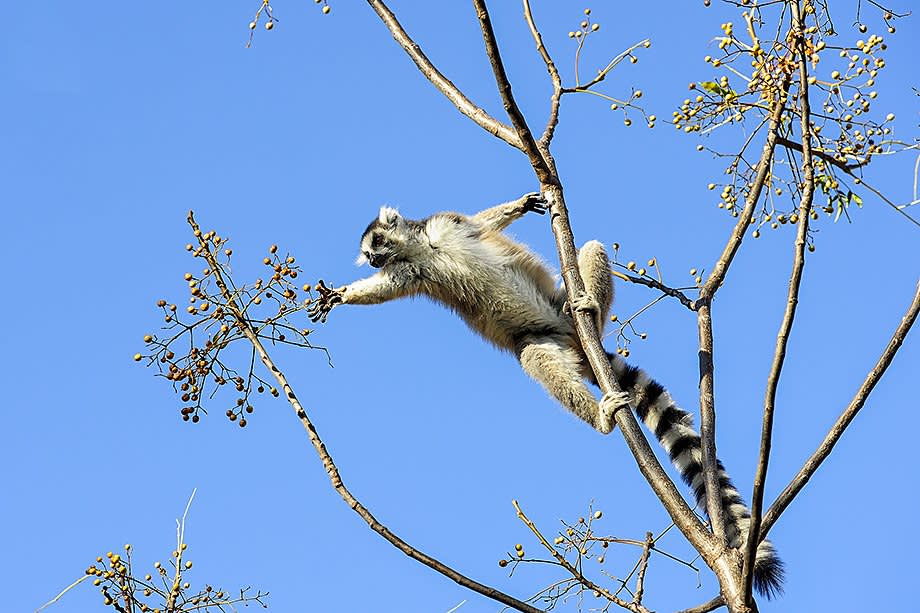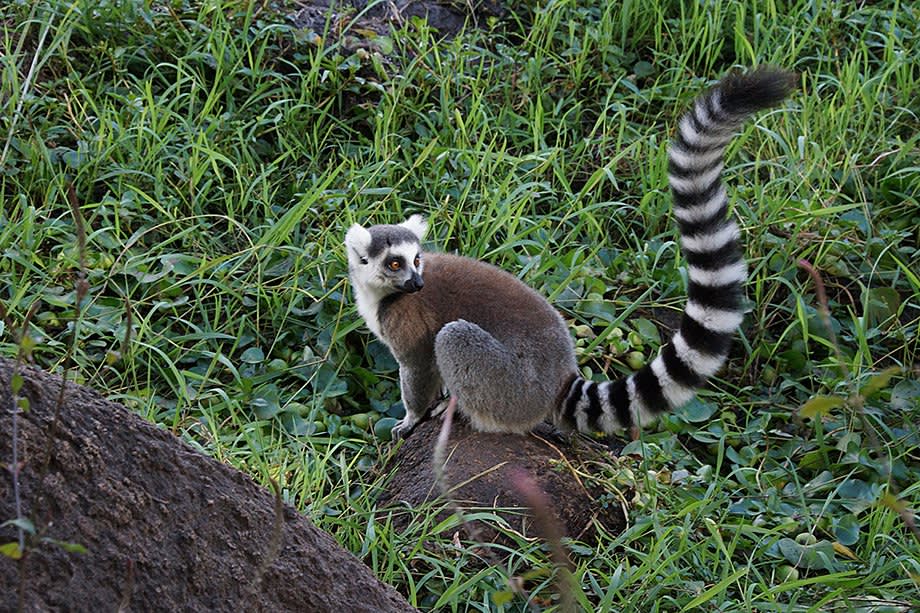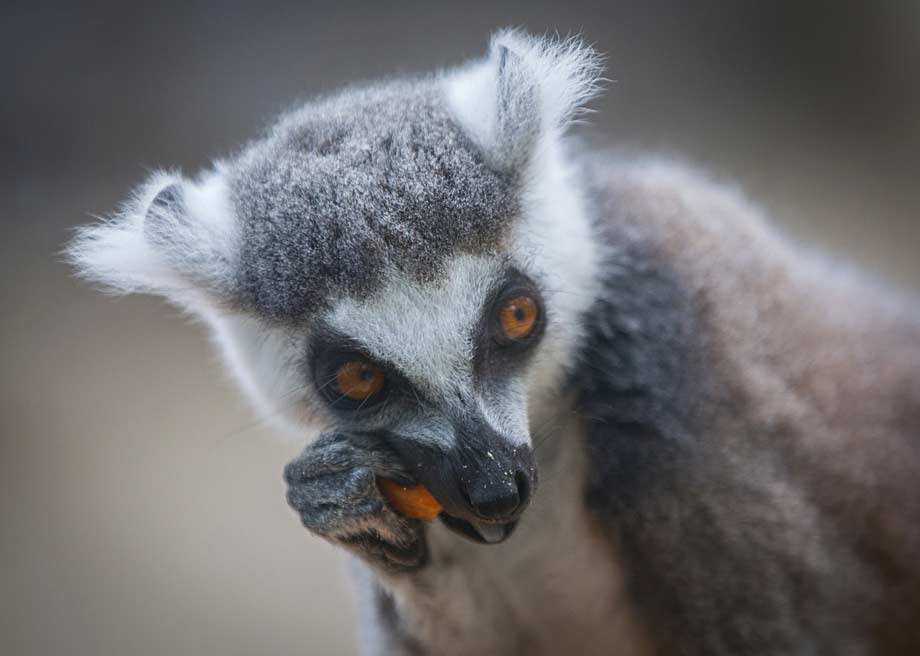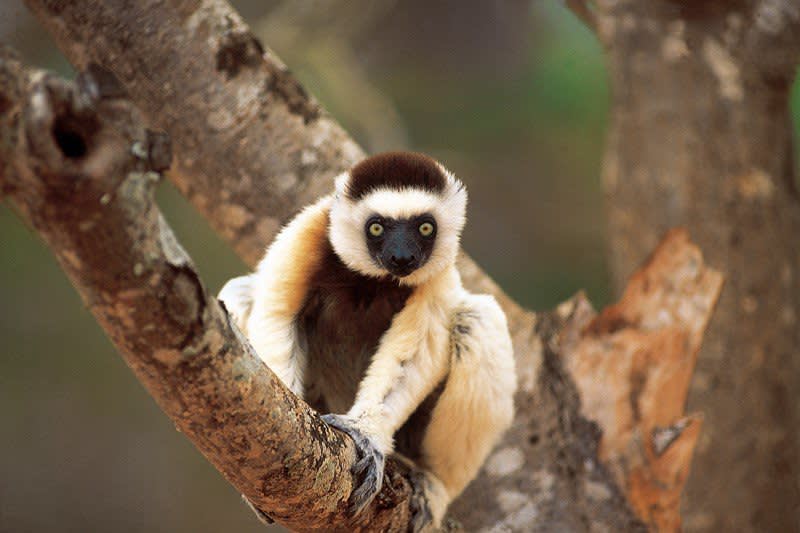
Animals in Focus: Lemur Facts
"Read time – 1 minute Endemic to Madagascar and the Comoro Islands off Madagascar’s north-west coast, lemurs have bemused and intrigued naturalists for years. Their range of interesting behaviours, from singing like a whale (the Indri) to sashaying across the sand like a ballet dancer (the Sifaka), have kept these prosimian primates popular with zoologists..."
Read time – 1 minute
Endemic to Madagascar and the Comoro Islands off Madagascar’s north-west coast, lemurs have bemused and intrigued naturalists for years.
Their range of interesting behaviours, from singing like a whale (the Indri) to sashaying across the sand like a ballet dancer (the Sifaka), have kept these prosimian primates popular with zoologists and wildlife enthusiasts alike.
Thought to be around fifty different species in existence, there is no shortage of fascinating lemur facts to share. Here are a few of our favourites…
Fun Facts about Lemurs
- The name lemur comes from the Latin word lemures, which means ‘spirits of the night’.
- A group of lemurs is collectively known as a troop.
- In lemur society, females are the dominant sex.
- Lemurs have opposable thumbs, perfect for scrambling through Madagascar’s dense vegetation, and like other primates, they have nails not claws.
- Probably the most recognisable of all lemurs, the Ring-tailed lemur boasts a tail almost two times longer than their body.
- During the breeding season, male lemurs compete for females by having ‘stink fights’. They rub the scent glands in their wrists along their tail and wave it around in the direction of their rival. The one with the most noxious scent wins!
- The Indri is the largest lemur and is the only one to have evolved without a tail.
- Across the different species, lemurs make a variety of sounds, but among the most distinguishable is the eerie, high-pitched call of the Indri lemur.
- There are eight species of Mouse lemur – the Madame Berthe’s Mouse lemur is the smallest primate in the world at just 10cm long. Mouse lemurs store fats in their tail and hind legs and can hold up to 35% of their body weight in food for ready for leaner times.
- The critically endangered Aye-Aye lemur is thought to be the only primate to use echolocation to find prey. They also use their extended middle finger to tap on trees and fish out grubs, filling the same ecological niche as a woodpecker.
- Lemurs only have two natural predators – the Fossa and the Harrier Hawk – but sadly humans have been hunting them for years.
- Of all lemur species, 10 are critically endangered, 7 are endangered and 19 are considered vulnerable. All types of lemurs are protected by CITES, making it illegal to hunt or capture lemurs for trade.
- The most recent confirmed lemur discovery was in in 1986, when a group of Greater Bamboo lemurs, thought to be extinct, was sighted in the Ranomafana forest.
- Sifaka lemurs are also known colloquially as the dancing lemur.
Take a look at our trips to Madagscar below and see these wonderful creatures for yourself.
 Ring-tailed lemur, Madagascar
Ring-tailed lemur, Madagascar Anja Reserve, Madagascar
Anja Reserve, Madagascar Ring-tailed lemur
Ring-tailed lemur